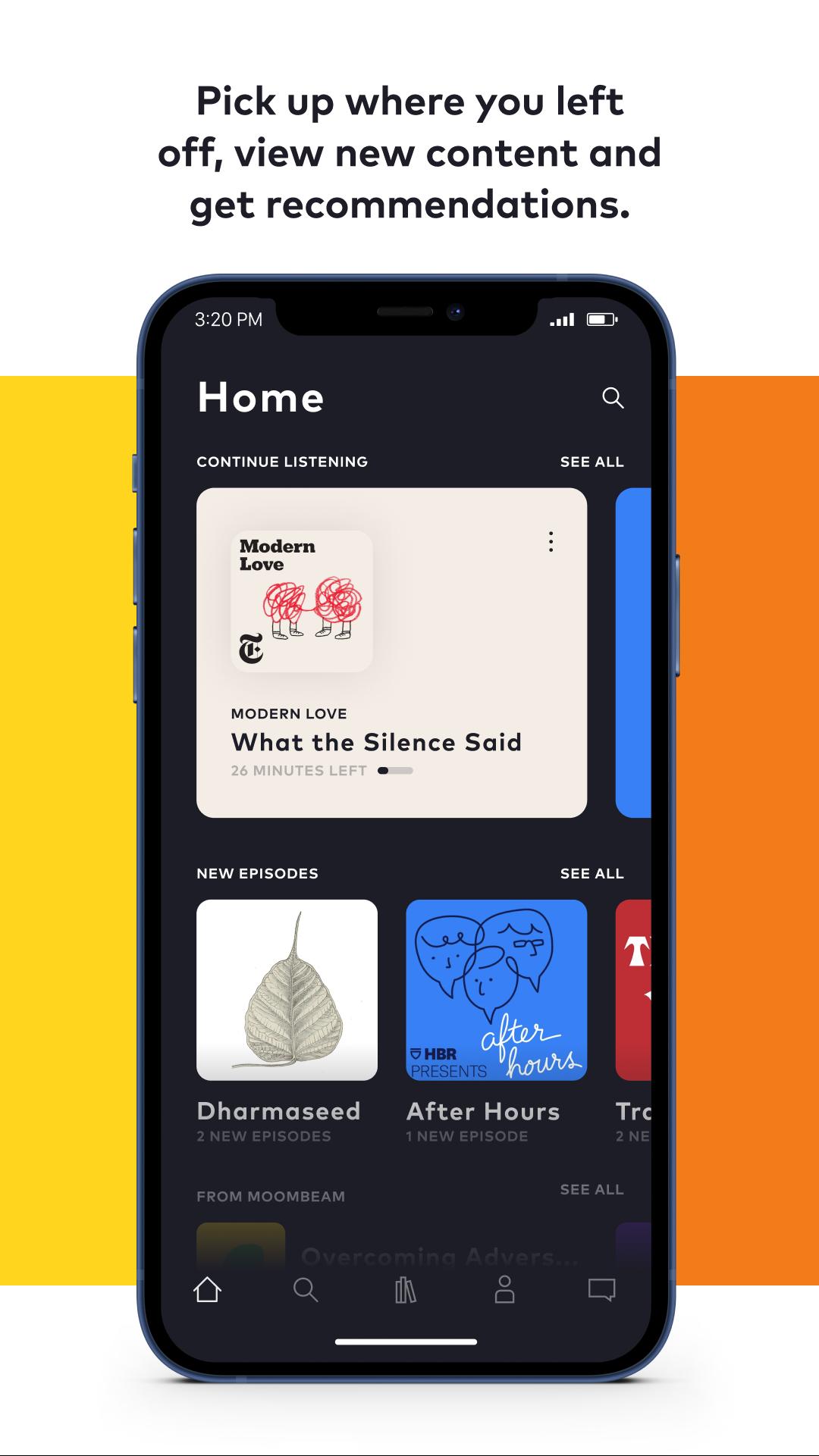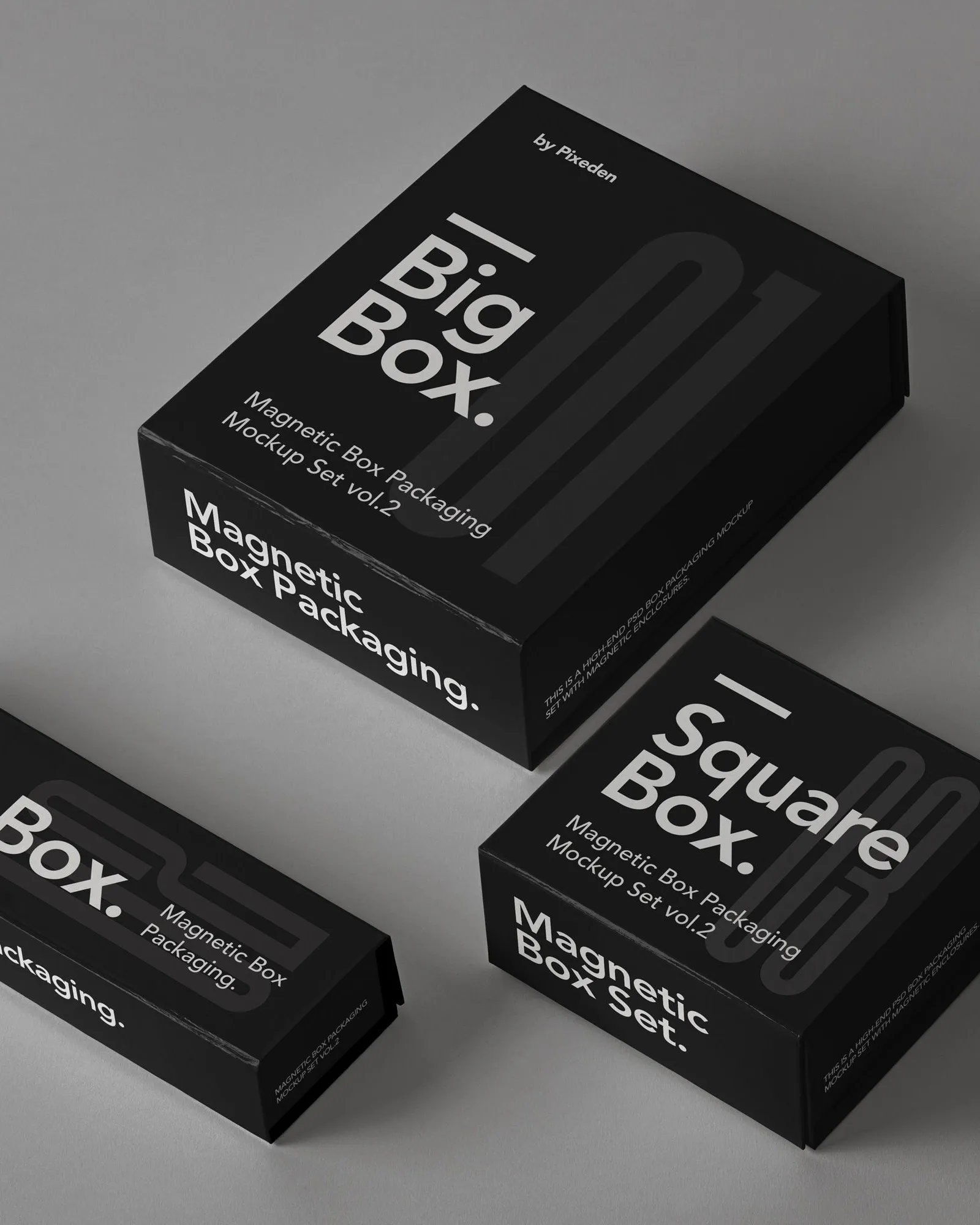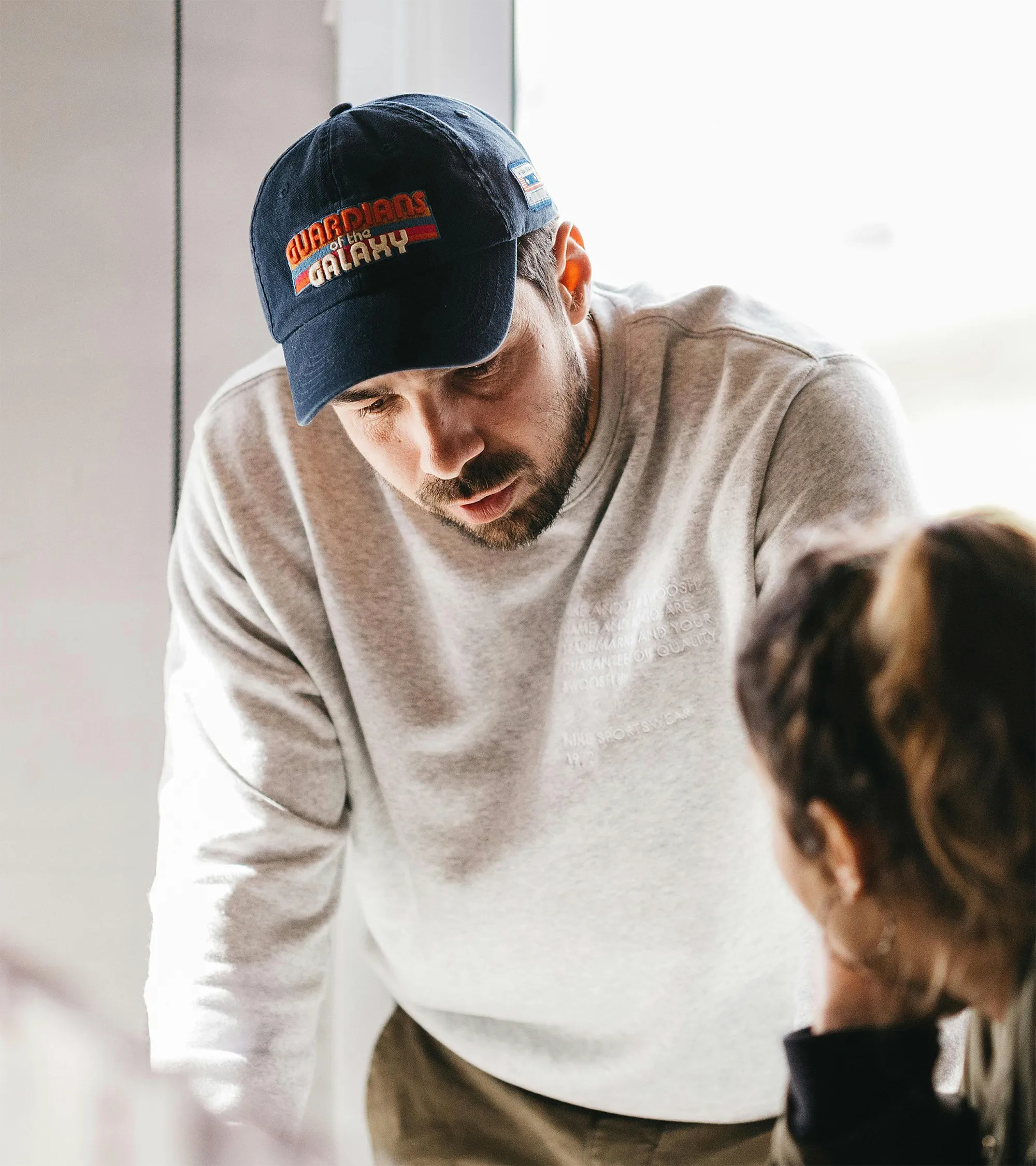

How do you give a startup a soul? When a company is brand new, it isn't just looking for a logo or a color palette; it's searching for its voice, its identity, and its core narrative. This was the challenge at Moonbeam, an early-stage creator platform I joined as Curation Director. We had a brilliant product vision and a growing beta community, but we lacked a cohesive brand identity. Our messaging was inconsistent, our tone was undefined, and our visual language didn't yet reflect the vibrant community we were trying to build.
My mission was to lead the development of Moonbeam's foundational brand identity. This was a "zero to one" project. It wasn't about optimizing an existing brand; it was about excavating the company's core truth and translating it into a tangible, scalable system for communication.
Over a single quarter, I led a collaborative process with leadership to define the brand's core narrative, voice, tone, and messaging pillars. This new identity became the bedrock of our content marketing strategy, boosting our social reach by 35% and serving as the foundation for the user journey redesign that would later increase platform retention by 30%. This is the story of how we found Moonbeam's voice.


The Brand as a Character
Building a brand is like writing a character. Before you can know what they say (messaging) or how they look (visuals), you have to know who they are. My process was built on this foundational principle of character development.
I began not with design, but with questions. I facilitated a series of workshops with the company's founders and key stakeholders. These weren't typical marketing meetings; they were deep, probing interviews designed to unearth the company's DNA.
The answers to these questions were incredibly revealing. A clear personality emerged: Moonbeam was not a slick, corporate "platform." It was a passionate, supportive "collaborator." It was the encouraging and knowledgeable peer who believed in your potential, not the intimidating industry guru.
With a clear character defined, the next step was to codify its voice. I translated the insights from the discovery phase into a formal Brand Voice & Tone Guide. This became our internal rulebook for all communication.
The guide was built on a simple, actionable matrix: "We are... / We are not..." [see picture]
This guide also included a Brand Lexicon (words we use, like "collaboration," "spark," "community," and words we avoid, like "synergy," "platform," "users") and practical examples of the voice in action, from UX microcopy ("Let's get started!") to social media captions. This document was the key to empowering our entire team to communicate with a single, consistent voice.
Only after the character and voice were defined did we move to the visual identity. I collaborated with our design lead to ensure the visuals were a direct expression of our newly defined personality.
This three-phase process—Discover, Codify, Express—ensured that our brand identity was not a superficial layer of paint. It was an authentic expression of the company's core mission, built from the inside out.

.jpg)
A Cohesive Identity that Fueled Growth
The Metrics of a Strong Foundation:
By investing in this foundational brand work, we did more than just create a style guide. We created a strategic asset. We built a brand that our audience could form a genuine emotional connection with. This wasn't just a platform anymore; it was a partner. This deep sense of brand loyalty and trust was the bedrock upon which all our future growth—in audience, retention, and eventually revenue—was built.
Three Truths About Building a Brand's Soul
The most common mistake startups make is choosing a logo and a color before they know who they are. This project proved that a successful brand is built from the inside out. You must codify your mission, your values, and your personality before you ever touch a design file. The "why" always comes before the "what."
Some creatives fear that brand guidelines will stifle their creativity. We found the opposite to be true. By providing a clear framework and a consistent voice, the brand guide actually liberated our team. It removed ambiguity and gave them the confidence to create, knowing they were building on a solid, strategic foundation.
The most clarifying exercise in our discovery phase was defining our brand's "enemy"—the idea we were fighting against. For us, it was "Creative Gatekeeping." This single concept gave us a powerful, unifying narrative. Every piece of content, every feature we built, became an act of rebellion against that enemy. A brand that stands for something is good, but a brand that stands against something is unforgettable.
Building a brand from zero is a rare and rewarding challenge. It's an act of turning abstract beliefs into a tangible, living personality that can connect with thousands of people. It's the ultimate exercise in strategic storytelling.
'My Brand Storytelling Framework: A Step-by-Step Playbook.'
See what our satisfied clients say about working with us.

Our proven process ensures successful outcomes and client satisfaction every time.



